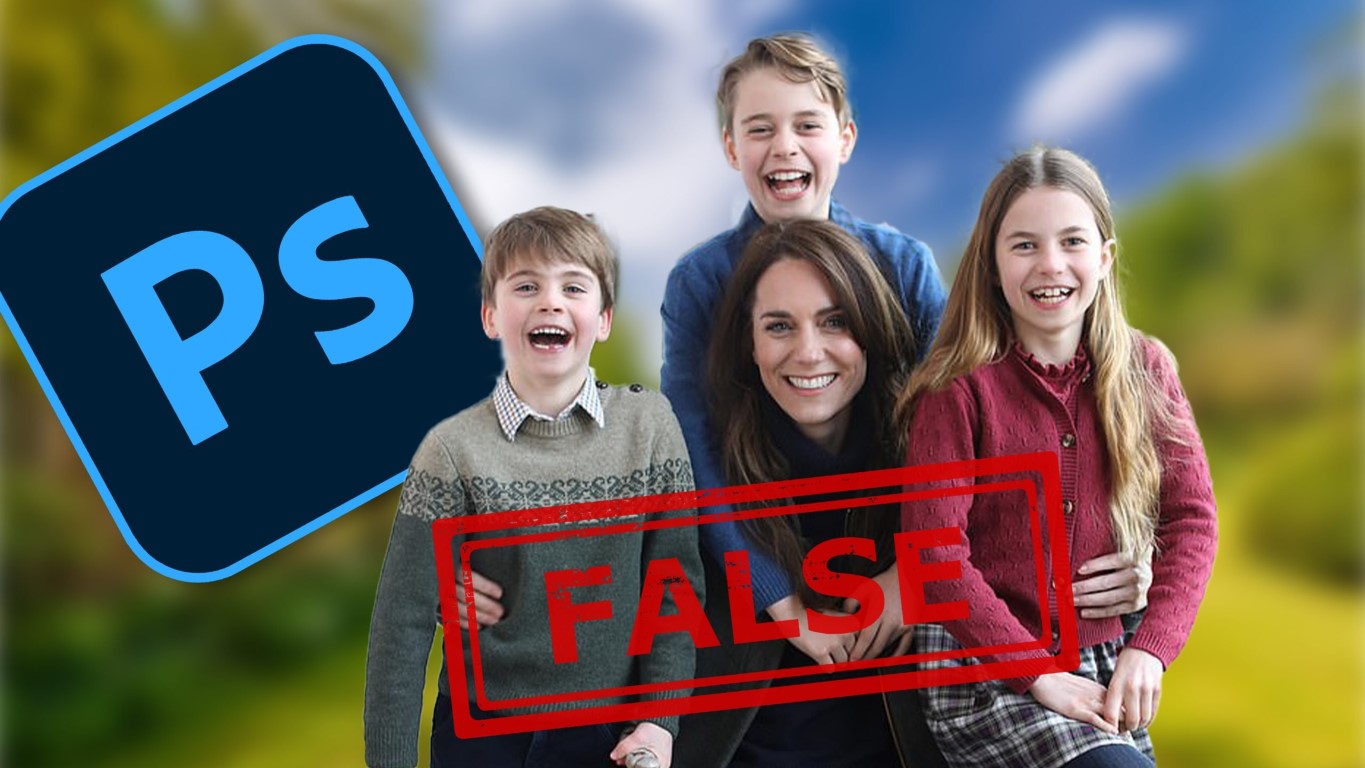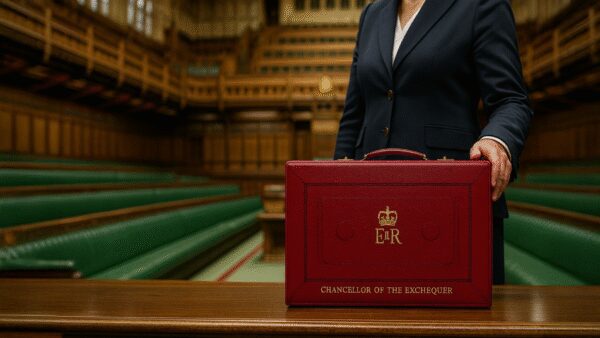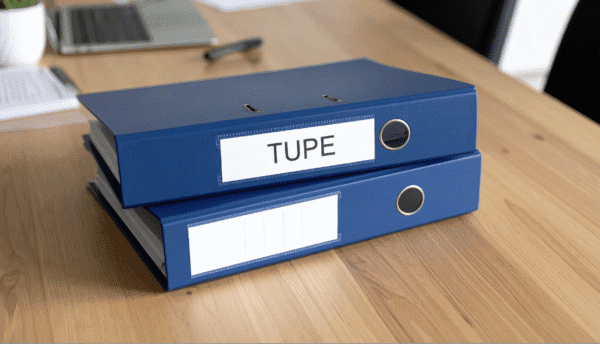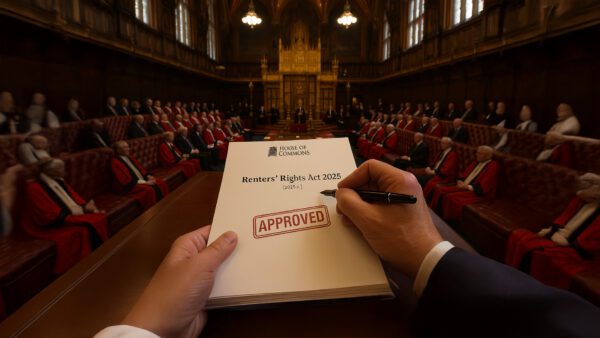The recent controversy surrounding the Princess of Wales, Kate Middleton’s, photograph demonstrates the critical importance of careful and timely reputation protection and the consequences of mismanagement.
The royal family’s reputation arguably serves as the cornerstone of its significance. As prominent public figures, they ought to represent a non-politicised beacon of trust, honour, and exemplary conduct for society. They represent both the UK and the Commonwealth and much of their popularity is because of meticulous management of their public image.
Throughout history, there have been instances where allegations of impropriety have arisen, striking at the very essence of the royal family and, by extension, our collective values. Consequently, they are subject to intense scrutiny.
When things go wrong, it becomes imperative to navigate and manage the reputation of one of the world’s most renowned families, akin to other high-profile individuals and businesses.
The recent events not only reignite the debate over whether the royal family is entitled to privacy (regardless of their status and prominence) but also illustrate that without a well-thought-out strategy, the opposite of what you are seeking to achieve could be the result.
What Happened?
Kate’s extended absenteeism from her public duties gave rise to mounting speculation over her health. In seeking to dispel the rumour mill a decision was made to release a photo of Kate, with her three children.
The image, was claimed to have been taken by Prince William himself, it was released by Kensington Palace on Mother’s Day in the UK. The portrayal of a relaxed and happy family moment.
However, within hours, eagle-eyed observers noticed irregularities suggesting it had been doctored. The Associated Press and international news agencies swiftly issued a rare “Kill notice”, urging the removal of the manipulated image from circulation.
The misstep was compounded when the concerns were not addressed promptly. Instead of quickly acknowledging and rectifying the situation, silence ensued, exacerbating the damage and increasing speculation.
By the time an apology was issued interestingly:
- from Kate personally, despite the photo being taken by Prince William and distributed by Kensington Palace;
- and with the original image remaining hidden) the damage was done. Instead of suppressing doubts about Kate, they were intensified.
Instead of being authentic to encourage and build trust, it was eroded.
Effective Reputation Management Often Requires:
- Establishing Clear Values: Here, the core values and principles that the royal family represents, ensuring consistency in messaging and behaviour.
- Proactive Media Engagement: Regularly engagement with the media through interviews, press releases, and social media platforms to shape the narrative and maintain transparency.
- Crisis Preparedness: Developing a comprehensive crisis management plan that outlines protocols for addressing negative incidents swiftly and effectively.
- Review of Requests/Enquiries: Considering the matter, often starting with the background and any events/allegations, and how different responses might be received.
- Communication: Communicating authentically, sometimes acknowledging mistakes when they occur and outlining steps taken to rectify them.
- Long-term Vision: Maintaining a long-term perspective and to prioritise actions that align with your overarching goals and objectives.
- Continuous Monitoring: Monitoring media coverage (and public sentiment) to identify potential reputational risks and seek to address them before they escalate.
- Adaptability: Staying flexible and adaptable to respond to changing circumstances, including where perceptions have evolved.
In addition, other aspects may also need to be considered, for example community engagement (to demonstrate commitment to public service and foster positive relationships with the public) and strategic partnerships (collaboration with reputable organisations and influencers to amplify positive messaging and enhance credibility).
A Right To Privacy?
Even though the royal family’s privacy rights are often questioned, regardless of their status and visibility, British courts have upheld privacy rights for everyone, including royals. They carefully weigh Article 8 of the Human Rights Act, which protects the right to privacy, against Article 10, which upholds freedom of expression.
The courts have recognised that being in the public eye doesn’t automatically waive one’s right to privacy. However, there are instances where this boundary can be crossed, as seen when images of model Naomi Campbell leaving a Narcotics Anonymous meeting were determined by the court to be in the public interest, given her prior denial of substance abuse issues.
Takeaway
Any media response is often a delicate balance between confidentiality and transparency. It includes considerations of the law protecting rights such as confidentiality and privacy as well as what, when and how information might be shared. Whether using proactive or reactive strategies the aim is to consider the interface of conflicting rights and objectives and then control the narrative whilst minimising the amplification of negative perceptions. It is for this reason that the best results are often achieved by collaboration between lawyers and PR agencies.
As with litigation, understanding the law combined with meticulous planning, messaging, and ongoing monitoring can be crucial to successfully navigating such situations. Unfortunately, following this incident, Kensington Palace may now have to face the aftermath of how even slight alterations to pixels can significantly impact perception.
To discuss any of the points raised in this article, please contact Robert Kay or fill in the form below.









